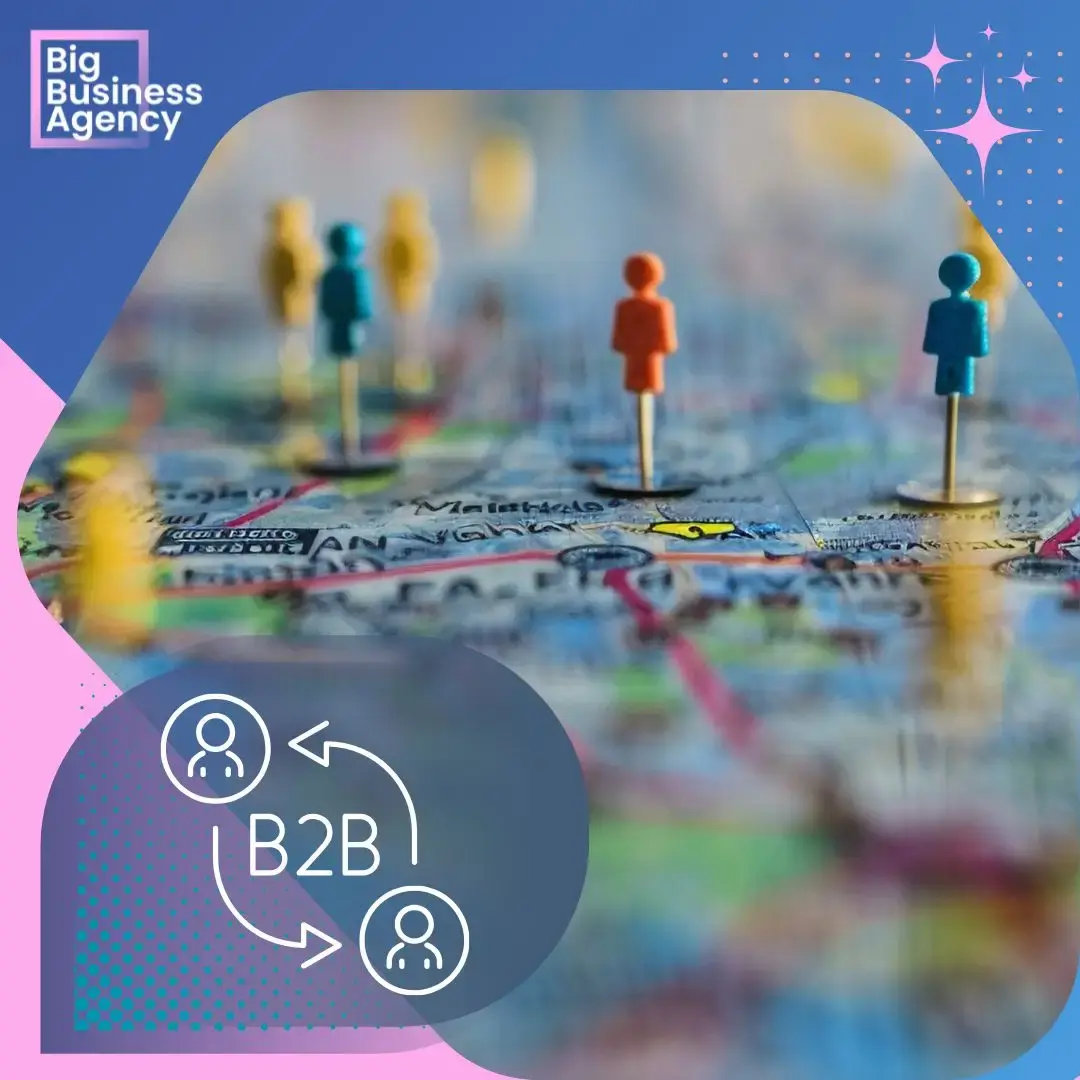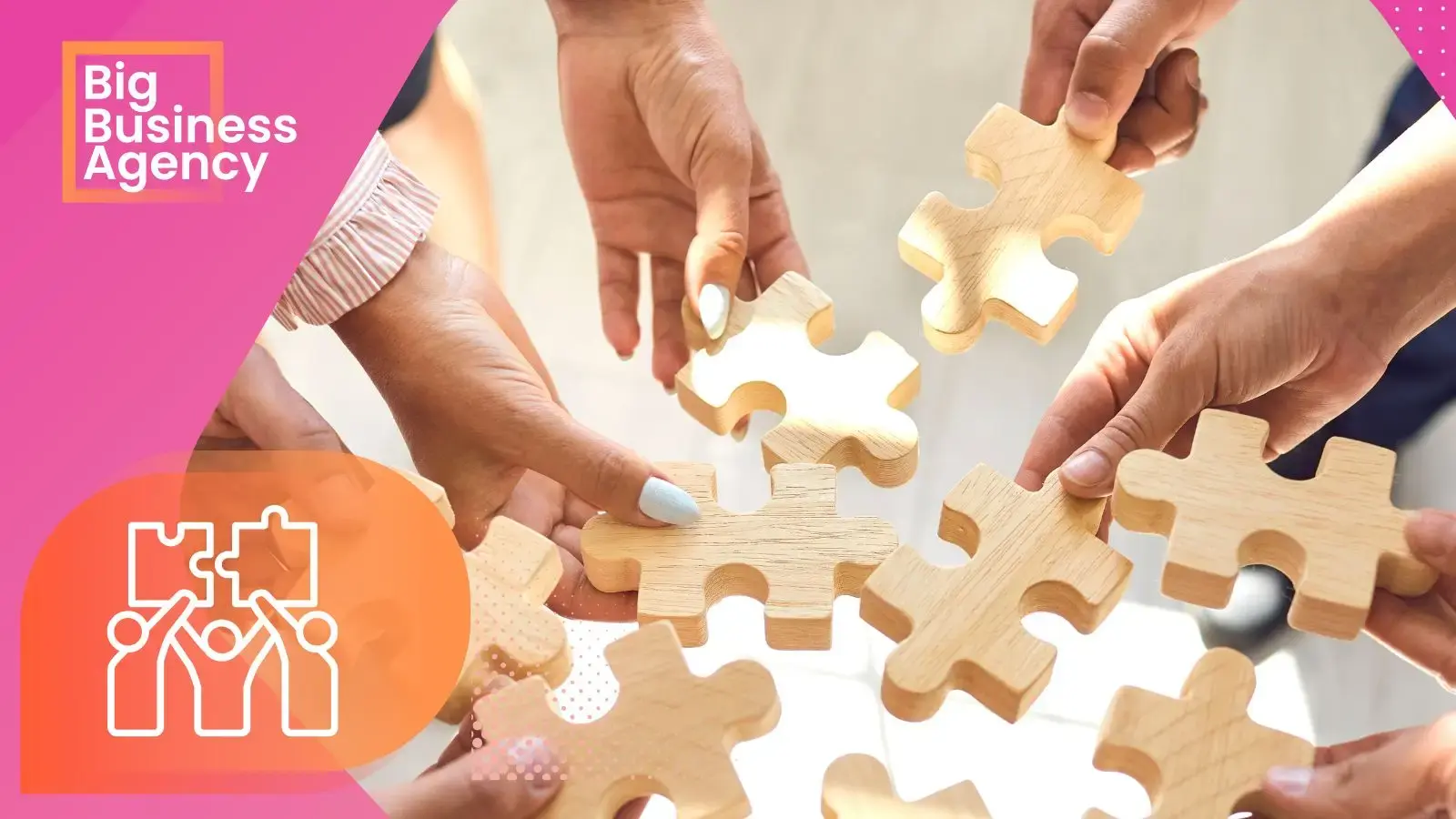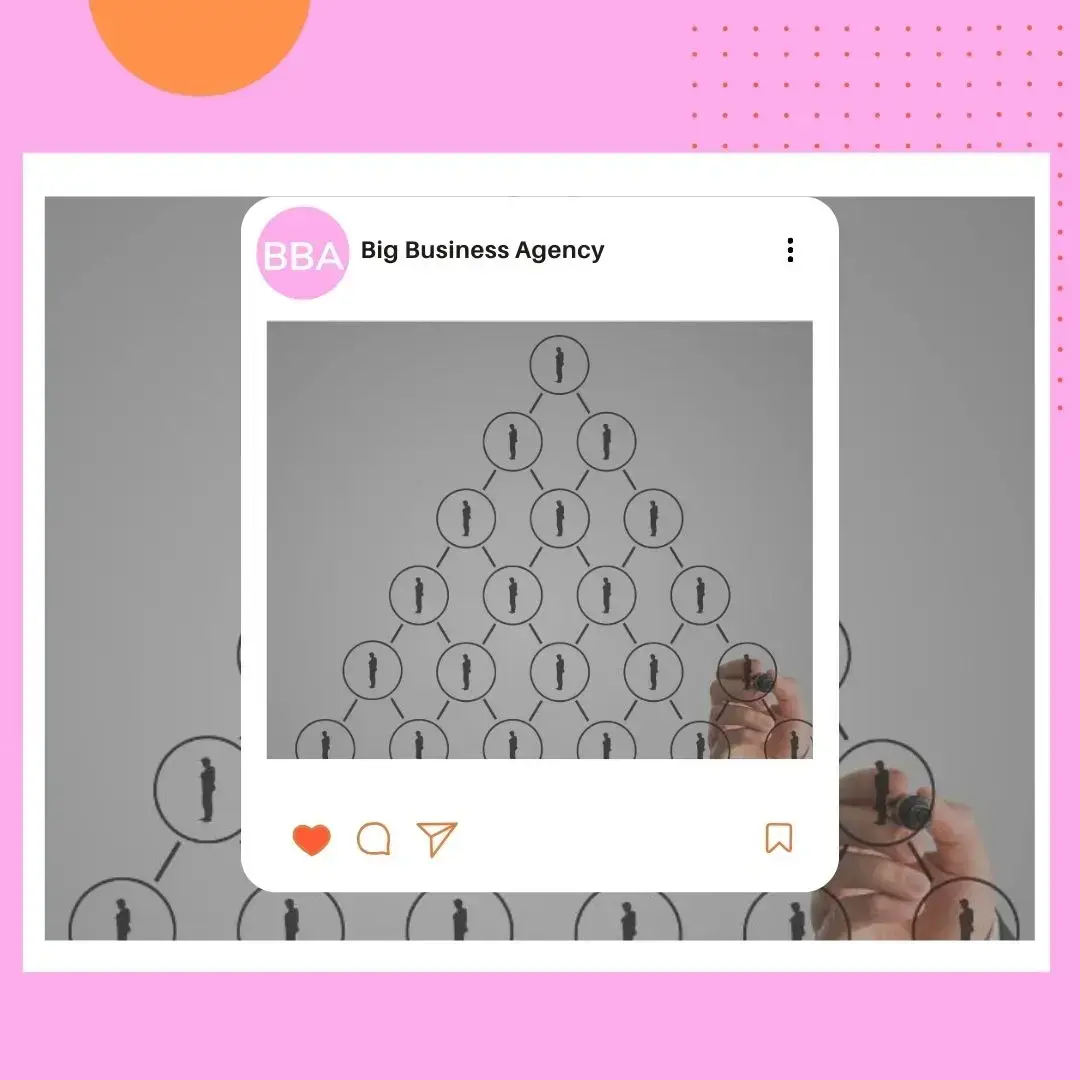5 min read
Aligning Sales and Customer Service
Premium products and services command a premium because they are perceived to deliver more value, and 86% of buyers will pay a premium for a great...

McKinsey discusses the Customer Decision Journey, noting that B2B companies using this view of the journey boost sales by an average of 5 -10 percent and customer retention by 30 percent.
Let's walk through what this could mean for B2B businesses.
Table of Contents
Introduction to the Customer's Journey
What is the Customer's Journey?
Why understanding the Customer's Journey is Crucial
Five Key Stages of the Customer's Journey
The eCommerce Customer Journey
Key Challenges in the modern Customer's Journey
Practical Solutions to Optimise each stage

Your target customers don’t “move” through a funnel. They feel hesitant, excited, doubtful, and reassured at different points, and those emotions help determine whether they move forward or drop off.
Recognising and responding to the feelings that influence decision-making at each stage can build stronger relationships and drive business growth.
Sales and marketing teams must expertly balance digital and human interactions to drive profitable purchasing decisions. If you’ve ever wondered why leads aren’t converting despite a well-structured sales funnel, the answer may lie in how they feel, not just what they do.
In this article, we’ll break down the customer journey and include a psychological perspective. We'll discuss how to recognise the emotions at each stage and use them to build trust, increase conversions and create loyal advocates for your brand. Let's explore further...
The customer’s journey is how customers interact with your business. Think of it as the map that guides potential customers from the moment they discover you to become lifelong advocates. If you’re a business leader, understanding this journey is essential.
At its core, the customer's journey is a comprehensive process that customers navigate when determining whether to purchase a product or service. This journey begins with recognising a need or a problem that requires a solution, prompting the customer to seek out potential options.
As they progress, they engage in research, comparing different brands and offerings and evaluating features, benefits, and prices to make an informed decision.
This process is not merely transactional; it involves emotional and rational considerations as customers weigh their options and assess which product or service best aligns with their business needs, personal values, and agenda.
Ideally, this journey culminates not just in a purchase, but in a positive experience that transforms customers into enthusiastic advocates for your brand, eager to share their satisfaction and recommend your offerings to others, thereby extending the cycle of engagement and loyalty.
Imagine setting off on a road trip without a map or GPS - chances are, you'd end up lost, frustrated, and wasting valuable time.
The customer’s journey functions in much the same way. It serves as a strategic roadmap that allows businesses to navigate the complex landscape of customer interactions.
By thoroughly understanding this journey, you can effectively guide your customers through each phase, from initial awareness to initial and subsequent purchases.
This insight enables you to anticipate their needs, address potential concerns before they arise and ensure a seamless, satisfying experience at every touchpoint.
In doing so, you enhance customer satisfaction and build lasting relationships that foster loyalty and advocacy.

Emotions at Play: Uncertainty and curiosity
At this stage, your potential customers are just discovering a problem or need. They may not even know your brand exists yet. Their emotions are a mix of curiosity and uncertainty—they want answers but aren’t sure where to start.
Focus on their problem. Offer blog posts, thought leadership pieces, social media content, or webinars that provide real value without pushing a product.
Speak their language. Avoid jargon and focus on their pain points in a relatable way.
Be present where they are researching. Whether it’s Google, X, LinkedIn, or Instagram, your content should be easy to find.
Example: A company selling eco-friendly packaging might create a blog titled “Why Your Current Packaging Might Be Harming the Planet.” This would spark curiosity without immediately selling a product.
Emotions at Play: Doubt and desire
Now that they know their problem, they’re evaluating options. But doubt creeps in—who should they trust? Will they make the right choice?
Leverage social proof. Customer reviews, testimonials, and case studies help alleviate doubts.
Provide comparisons. Side-by-side comparisons of your product versus competitors help clarify why you’re the better choice.
Address objections head-on. Create FAQ pages or content that directly tackles common concerns.
Example: A project management software company might publish a case study about how a competitor’s customer switched to them and saw a 50% improvement in team productivity.
Emotions at Play: Anxiety and urgency
The customer is close to purchasing, but a final wave of anxiety can stop them. They fear buyer’s remorse and want to be sure they’re making the right call.
Offer lower-risk options. Staged trials, money-back pilot programs, or flexible service catalogues with generous returns ease decision-making.
Create a seamless checkout experience. Any friction at this stage can make them hesitate or abandon the purchase.
Use urgency ethically. Limited-time offers or low-stock alerts can help nudge them while keeping trust intact.
Example: An online training course might be offered as a 7-day free trial with a “Cancel Anytime” option, reducing the risk for hesitant buyers.
.webp?width=800&height=419&name=customer%20journey%20stages%20(1).webp)
Emotion at Play: Satisfaction and belonging
After purchase, customers want to feel confident in their choice. The post-purchase experience determines whether they stay loyal or move on and, in many cases, if they pay the bills.
Provide exceptional Customer Service and Support. Welcome emails, how-to guides, daily stand-ups, and check-ins make them feel supported.
Encourage engagement. Surveys and loyalty programs, communities, and user-generated content help customers feel connected.
Continue delivering value. Provide 24x7 access to knowledge bases with exclusive content, tailored offers, FAQs, and tips to keep them engaged beyond the sale.
Example: A premium instrument manufacturer might send an email titled “5 Ways to Get the Most Out of Your Calibration,” reinforcing value and engagement.
Emotions at Play: Excitement and pride
When customers love your brand, they don’t just return—they advocate. They tell colleagues, peers, and their management and amplify your reach.
Make sharing easy. Referral programs with clear incentives encourage word-of-mouth marketing.
Recognise loyal customers. Spotlighting them on social media or offering VIP perks strengthens emotional bonds.
Stay authentic. People advocate for brands that align with their values and consistently deliver on promises.
Example: A TIC company might feature a “Customer of the Month” and share the related Case Study, acknowledging the team's good work in the featured project.
71% of B2B buyers start their journey with a generic search online rather than a specific brand in mind?
This statistic highlights how crucial it is for businesses to position themselves effectively during the awareness stage of the customer's journey.
Customers are increasingly informed and empowered, necessitating that B2B companies thoroughly comprehend and optimise each stage of the customer journey, as it can be the determining factor between securing a deal and losing to a competitor.
The eCommerce customer journey covers customers' full experience when engaging with a brand or making a purchase. Notably, 80% of customers consider their experience with a company to be just as important as the products or services provided.
Furthermore, a concerning 33% of customers indicate their willingness to change brands after experiencing a single negative interaction. This underscores the importance of focusing on every touchpoint and phase of the customer journey to provide outstanding customer experiences.

The eCommerce journey follows a similar emotional path but with unique considerations. Online shoppers experience excitement at discovery, hesitation at checkout, and anticipation post-purchase. The absence of in-person interaction means brands must work harder to build trust.
High-quality visuals, transparent pricing, and seamless navigation enhance confidence. Offering live chat support, social proof, and flexible return policies reduces friction at checkout.
Personalised follow-ups and loyalty rewards create emotional connections that turn first-time buyers into lifelong customers.
eCommerce success isn’t just about clicks - it’s about emotions that drive action.
Today’s customers hop between devices and platforms. Your challenge? Keeping the experience consistent, no matter where they land.
From faster shipping to personalised offers, customers expect more than ever. Stay ahead by continually innovating.
People crave genuine connections. Show your human side it will be easier to begin to build lasting trust.
Mapping the customer journey isn’t just about pushing prospects from one stage to the next. It’s about understanding what they feel and responding in ways that build trust.
When you connect emotionally, you create more than just customers - you create brand advocates. And that’s the key to long-term business success
Want to dive deeper into optimising your customer journey? Set up a meeting with one of our team today
It’s the process customers go through from discovering your brand to becoming loyal advocates.
Advocacy brings in new customers through trusted recommendations, making it a cost-effective marketing strategy.
Focus on transparent pricing, a streamlined checkout process, and user-friendly interfaces.
It helps educate potential customers, build trust, and showcase your brand’s value.
Track metrics like customer acquisition, retention rates, and Net Promoter Score (NPS) to gauge effectiveness.
Related articles
HubSpot Article: How to create customer journey maps
5 min read
Premium products and services command a premium because they are perceived to deliver more value, and 86% of buyers will pay a premium for a great...

1 min read
The core principle of the Buyers Pyramid emphasises that, at any given time, merely 3% of your potential market is actively prepared to make a...

Ideal Customer Profile (ICP) and Buyer Personas are terms often used interchangeably, but they are not the same. They are interconnected, so it's...